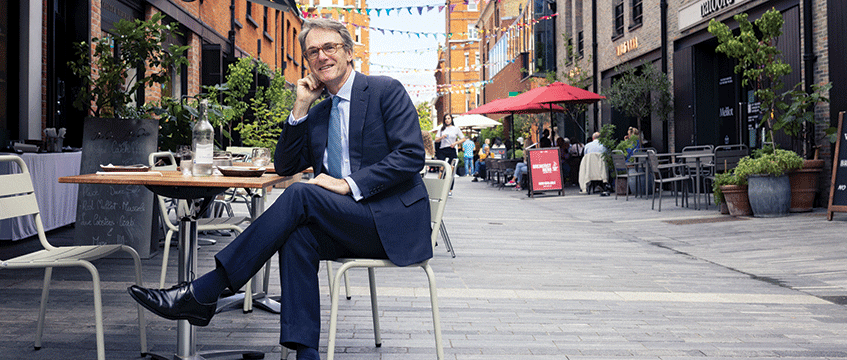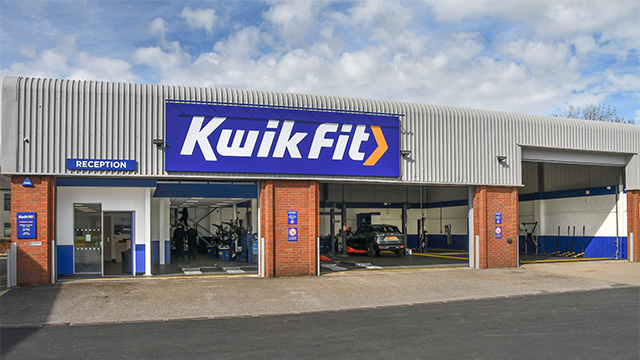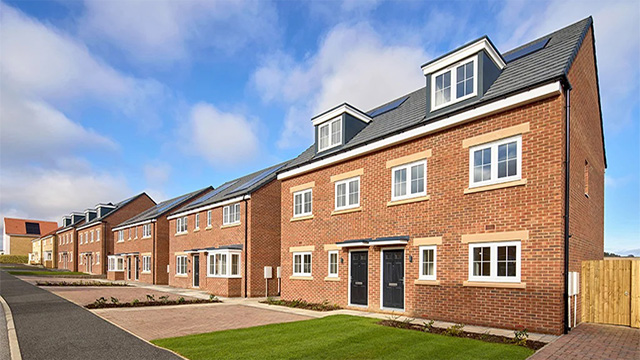The chief executive of London’s Cadogan estate sees his role overseeing 93 acres spanning Chelsea and Knightsbridge as akin to a theatre’s stage manager – and hopes that the latest financial figures for the company prove that it has put together a smash hit of a show.
“We are a family owned and long-term business, which means that we invest through the cycles and we benefit from that momentum,” said chief executive Hugh Seaborn, discussing the company’s 2024 results with Estates Gazette.
The company has taken a “patient, consistent, tenacious” approach to running the estate, Seaborn said, one that has delivered financially. The company posted an 11.8% year-on-year rise in total income to £241.4m in 2024 and a 16.6% increase in operating profit to £140.2m. The property portfolio value edged up by 1.3% to £5.7bn.
Retail vacancy levels averaged 2.9%, improved from 3.2% in 2023, with 40 new retail lettings and renewals achieving an average of 8.3% above ERV. New arrivals included Trinny Woodall’s first flagship beauty boutique, Trinny London; Farm Rio’s first stand-alone store in Europe; and Elad Yifrach’s first London boutique, L’Objet.
Stay and spend
Cadogan invested £211m in purchases and developments over the year. Its £46m transformation of Sloane Street, funded by the company and delivered by the Royal Borough of Kensington & Chelsea, has already driven a rise in footfall since its completion earlier this year.
The project developed a green boulevard along the full 1km length of the street, designed by John McAslan and Partners, with 105 new trees boosting the estate’s biodiversity net gain by 175%.
Seaborn said the project is an important example of the kind of long-term vision the company can afford to have.
“I know it will contribute to our returns. Not this year, not next year, but probably beyond that,” he said. “It’s such a good example of our stewardship approach, of the importance of place, and it’s an example of all three strands: place, community and sustainability.”
Other such projects include a new piazza off Duke of York Square, which will have new restaurants and al fresco dining.
“It adds to the attraction of the whole area,” Seaborn said. “That’s the key to what we do and the privilege we’ve got of having such a concentrated portfolio. It means we can do these things that strengthen the area for which we get returns but we don’t quite know when and where.”
The challenge for Cadogan, as Seaborn puts it, is to balance short-term profit with long-term prosperity for neighbourhoods and the estate. He points to Pavilion Road, a small mews that Cadogan has pedestrianised and filled with artisan food shops.
“We could have made substantially more money at the time of developing that by converting it to mews townhouses and selling them off,” he said. “But instead, we put in these small artisanal food uses just over five years ago. The payback’s been in how popular the area’s become and how that’s contributing to everything else. We learnt from that. It strengthens our approach by clustering uses.”
Another such “cluster” is forming on Chelsea Manor Street, Seaborn said, where a development around the Curzon cinema has attracted tenants including Book Bar, a local bookshop, and New Forms, a record shop.
When people just click
Curating these spaces is an art, Seaborn said, describing Cadogan’s role as a “stage manager”.
“It’s theatre, in a way” he said. “Retail now is so much about the experience and the connection. Our job is to make this destination interesting and compelling to people, so they enjoy it, value it, come here more often and stay for longer. That supports the businesses here and makes the area more vital and vibrant. If the area remains prosperous long-term, so do we.”
He continued: “First of all, it’s curating the uses so that the whole is greater than the sum of the parts. We’re making sure we’re getting occupiers who contribute to the area and complement what’s going on here. We’re bringing best-in-class food and we complement that with beautiful places, beautiful spaces.”
The approach is particularly important for retail, Seaborn added.
“I believe we don’t value physical shops as much as we should versus online retailing,” he said. “There’s obviously great convenience with online retailing but it is commoditised, whereas in physical shops, there’s much more of an experience and interaction.
“You see it on Pavilion Road. People hang around, sip a coffee, chat to the person next to them, or they’re in a queue for the bakery and they talk to the person behind them. They may not know them but they work out they live not far from each other and there’s a connection made which you wouldn’t get if you just did a ‘click’. We’re part of that.”
Image © Will Bremridge
Send feedback to Tim Burke
Follow Estates Gazette











